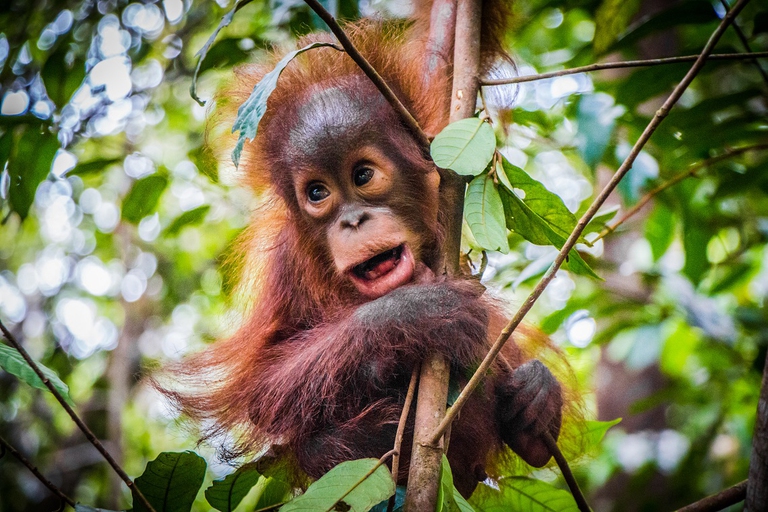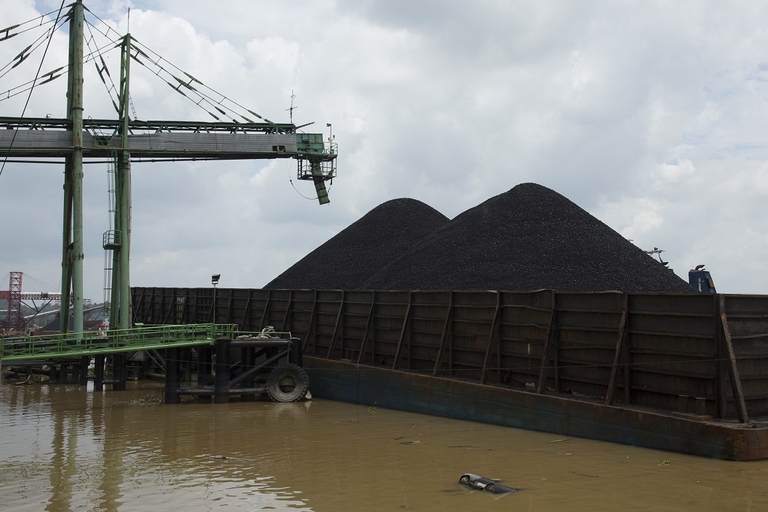
Three people putting the protection of the planet before themselves. Three powerful stories from Latin America, the deadliest region for environmental activists.
After a legal battle that lasted two years, Indonesia’s Supreme Court has revoked the permit to mine for coal in the forests of South Kalimantan in Borneo.
The province of South Kalimantan, in the Indonesian part of the island of Borneo, has one of the highest levels of biodiversity on the planet and is home to numerous at-risk species, such as the orangutan (Pongo pugmaeus). This region, like the rest of Indonesia, is threatened by deforestation and mining.
Hulu Sungai is the only one of the province’s nine districts that hasn’t been hit by the destruction brought by coal mines and palm oil plantations. In December 2017, however, the Indonesian government granted Indian mining company PT Mantimin Coal Mining (MCM) permission to operate in the area.
The government’s decision immediately caused an uproar among local peoples and environmental groups worried about the ecological impact of coal mining. More than two years later, activists have won their battle against the mine. The Indonesian Supreme Court has in fact ruled in their favour, revoking the permission originally granted to MCM.
Read more: The plight of Bornean orangutans. We’ve lost more than 100,000 in 16 years
Local residents received assistance from Walhi, Indonesia’s largest and oldest environmental protection NGO. They sued the mining company and the Indonesian Ministry of Energy and Mineral Resources. The line of defence was centred around a violation related to the granting of the permit, which in these situations also requires the approval of the local population.
Alongside the legal proceedings, opponents of the mine created a full-blown movement vehicled through a hashtag – #SaveMeratus – honouring the Meratus mountains, a verdant mountain range in South Kalimantan. What is more, activists delivered over a thousand handwritten letters to Indonesian President Joko Widodo calling for justice.
Resistance to the mine wasn’t limited to local residents and environmental activists: local officials and civil servants also joined the fight, having been opposed to mining projects in the district for years. “The people of Central Hulu Sungai have already agreed that government long-term plans should protect forests, so that we can prosper with agriculture and ecotourism and without mines and palm oil”, Muhammad Yanni, director of the district’s environmental office, told Mongabay.
Siamo anche su WhatsApp. Segui il canale ufficiale LifeGate per restare aggiornata, aggiornato sulle ultime notizie e sulle nostre attività.
![]()
Quest'opera è distribuita con Licenza Creative Commons Attribuzione - Non commerciale - Non opere derivate 4.0 Internazionale.
Three people putting the protection of the planet before themselves. Three powerful stories from Latin America, the deadliest region for environmental activists.
The Amazon became an alternative classroom during the pandemic. Now, the educational forest in Batraja, Bolivia, lives on to teach children and adults the value of nature.
Influential scientist, activist and author Vandana Shiva fights to protect biological and cultural diversity, and against GMOs.
Kimiko Hirata has blocked 13 new coal plants in Japan, but she hasn’t done it alone. The 2021 Goldman Prize winner tells us about her movement.
The Goldman Environmental Prize, the “green Nobel Prize”, is awarded annually to extraordinary activists fighting for the well-being of the planet.
We talk to Shaama Sandooyea, activist and marine biologist from Mauritius onboard Greenpeace’s Arctic Sunrise ship in the heart of the Indian Ocean.
Our species took its first steps in a world covered in trees. Today, forests offer us sustenance, shelter, and clean the air that we breathe.
Arrested for supporting farmers. The alarming detention of Disha Ravi, a 22-year-old Indian activist at the fore of the Fridays for Future movement.
Water defender Eugene Simonov’s mission is to protect rivers and their biodiversity along the borders of Russia, China and Mongolia.









